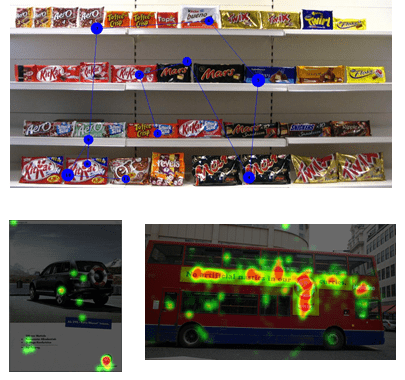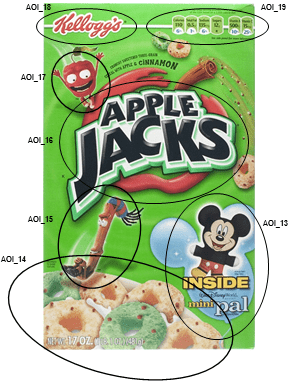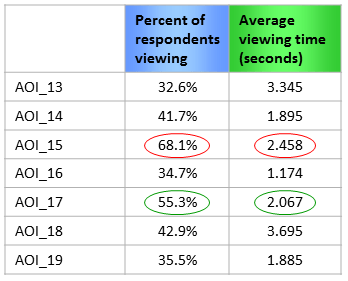Since the eye tracking methodology has been available to market research for quite a while now, most people in the industry know that it will produce standard outputs like heat maps and gaze trails.
So…now what? You know the eyes of market research respondents were trained on certain places…then other places…then other places. The information is interesting but not actionable. Quirk’s Market Research Review says:
The Cascade Strategies Answer
Cascade Strategies combines eye tracking with other advanced technologies so we can answer straightforward questions from brands and product marketers such as “what change should I make to my marketing materials to persuade more consumers to buy?”
We don’t simply say “We know consumers were looking here” and leave it at that. Instead, we say:
- “We know consumers had a positive physiological reaction when they were looking at these specific places.”
- “We know those which of these positive physiological reactions are most strongly correlated with sales.”
We do this in three dimensions, and we use Virtual Reality simulations to facilitate this.
How is this helpful?
Let’s say you want to know how to design a cereal package to maximize sales of the cereal.
You could use eye tracking to tell you the following:
Now what? You have interesting data but you don’t really know what to do to evoke more sales.
How we do things differently
We allow shoppers to browse an entire shelf in a Virtual Reality environment, asking them to shop as they would normally for cereal.
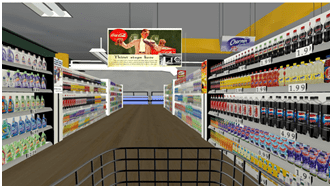 |
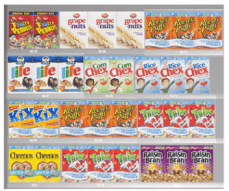 |
They are free to pull any cereal from the shelf, rotate it, look at the back, top, sides, whatever. They can do this as often as they like.
They are free to buy as many items as they want in the Virtual Reality environment. While they do this, we record everything they look at, take from the shelf for closer examination, put back on the shelf, and buy — all in a carefully time coded back end dataset. We also record their physiological responses to everything they see and sense — their brain state, their electrodermal activity (skin response), and so forth.
“Everything they look at” includes Areas of Interest (AOI’s) on the 3D package — the same package they can turn, flip, rotate, etc. (The 3D package below is flattened for purposes of illustration.)
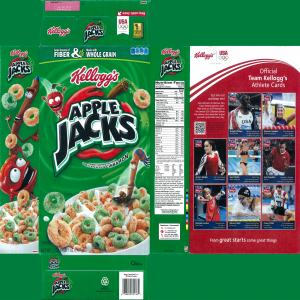 |
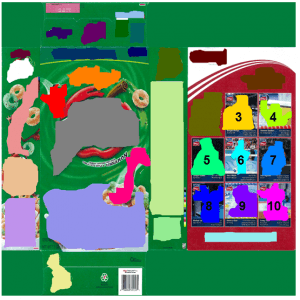 |
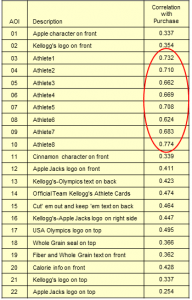 |
Now we know more
Now we know which parts of the package contributed most strongly to sales. As respondents focus on AOI’s (in this case relating to athletes) and have their biometric responses recorded, we can correlate the positive responses with sales.
This is practical, useful knowledge that quite simply wasn’t available before. We can now go back to the package design team and say with statistical confidence “Athlete 8 contributed strongly to sales when featured on this package.”
While this example is of a cereal package, the principle is the same for anything at all that can examined and evaluated by consumers in either 2D or 3D space: a web page, a physical phone or tablet, a human face or body, an ad, a poster, a package, a car, an interior of a home or office — whatever you want.
Contact us to discuss your need
Please feel free to call us to discuss your application or need. You can talk to Juho (pronounced “yoo-ho”), Howard, or Jerry at (425) 677-7430. Or simply email us at cascade@cascadestrategies.com. We’ll get back to you quickly!

